Guilford Courthouse National Military Park
Introduction
Text-to-speech Audio
Images
Guilford Courthouse National Military Park Entrance
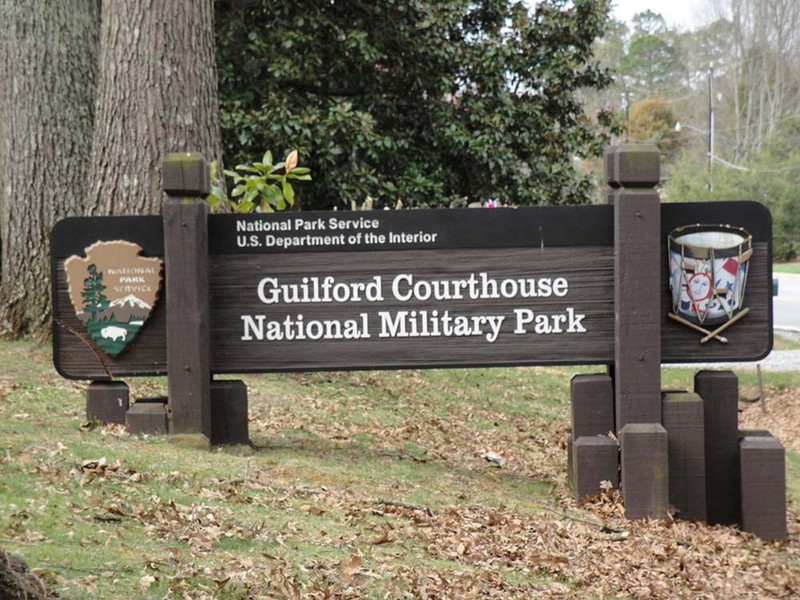
Statue of American Commander Nathaniel Greene
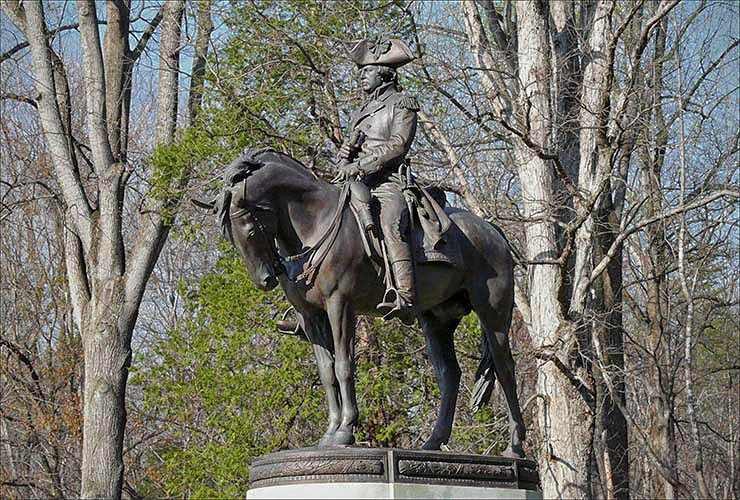
Guilford Courthouse National Military Park Statue
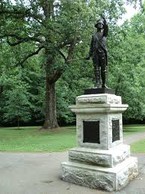
Guilford Courthouse National Military Park Landscape

Guilford Courthouse National Military Park Statue
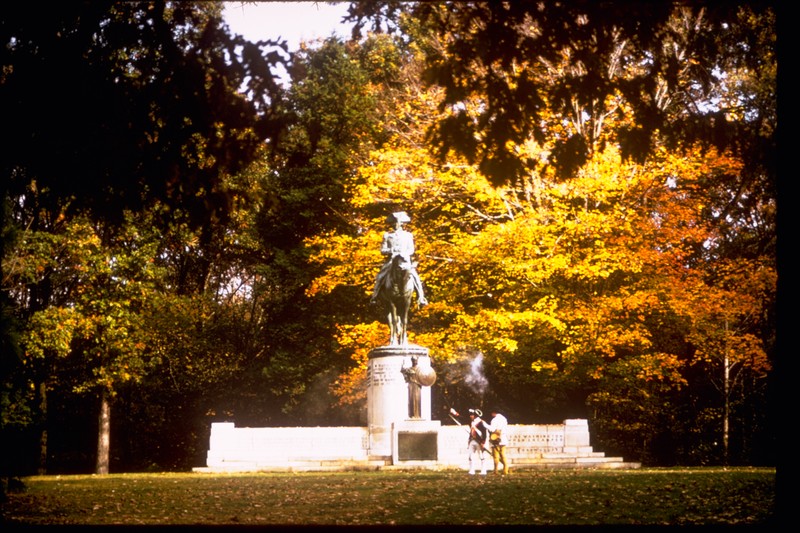
Guilford Courthouse National Military Park Sign
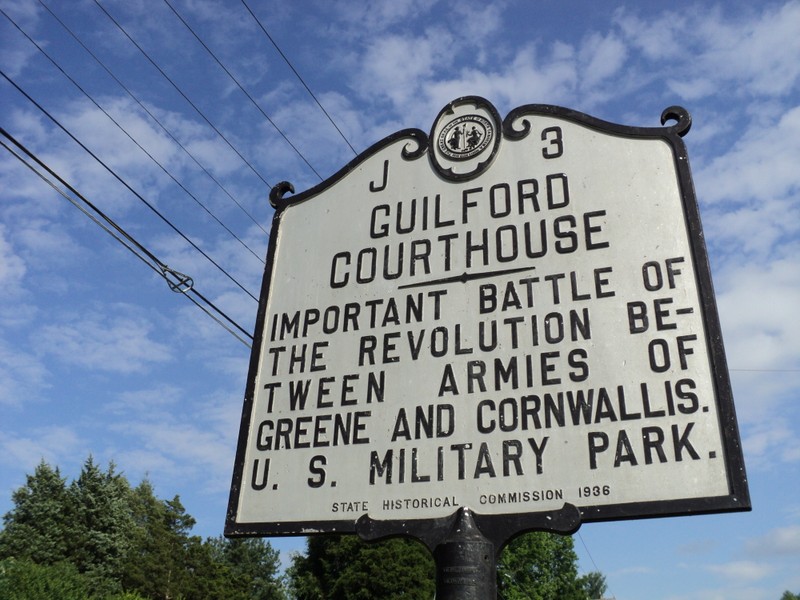
Backstory and Context
Text-to-speech Audio
On March 15th, the Battle of Guilford Courthouse was fought where the Guilford Courthouse National Military Park now stands. One of the most contested battles in the Revolutionary War, this specific battle was said to facilitate the eventual American victory that ended the war against the British. Seven months after this battle the British would surrender at Yorktown, as a direct result of the loss they experienced at Guilford Courthouse.
On the date of March 15th, 1781 Major General Nathanael Greene led an army of almost 4,500 American militia and Continentals as they attempted to defend the ground at Guilford Courthouse against imposing British forces. However, the American troops would endure a tactical defeat by Lord Cornwallis and his British troops. General Greene pulled his Continental troops out to save them from a large number of casualties and to keep the army intake for later serves.
However, Lord Cornwallis’s victory came at a significant price, as one in four of his men were killed or wounded during that battle. The Continental casualties were very light in comparison. Even though Greene and his Patriot troops had retreated, Cornwallis was also forced to abandon the Carolinas as a result of his weakened military powers. General Greene reentered the Carolinas and was able to drive the rest of the British forces out. Just seven months later Cornwallis would be forced to surrender to American and French forces under General George Washington.
Twenty-eight monuments within the park honor Revolutionary soldiers, statesmen, heroes, and heroines. William Hooper and John Penn, two of North Carolina's three signers of the Declaration of Independence, are buried under the Signers' Monument. A large equestrian statue of General Nathanael Greene dominates the monument honoring the soldiers of the Southern Army and its leader.
The park also features the Nathanael Greene Library which is open to the public by appointment only and subject to the availability of staff. Today the park is open to visitors who are able to view the preserved battle site. The visitor center provides educational and interactive opportunities to learn about the figures who fought in the battle and the ongoing controversy about the specifics of that day. Also discussed are the long-term ramifications of the battle, including the impact it had on both armies, and the United States’ eventual victory over the British forces.
Sources
http://www.nps.gov/guco/learn/historyculture/index.htm
Buchanan, John. "The Road to Guilford Courthouse". John Wiley and Sons Inc, 1997.
Ward, Christopher. The War of the Revolution. Skyhorse Publishing, 2011.
